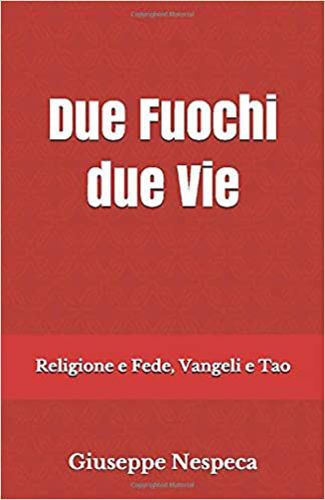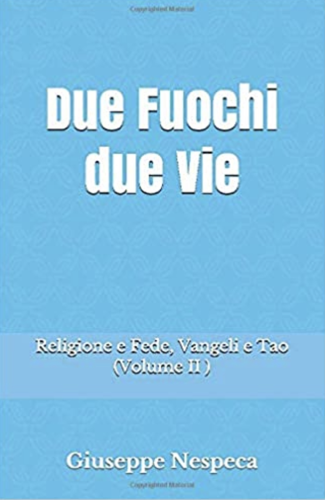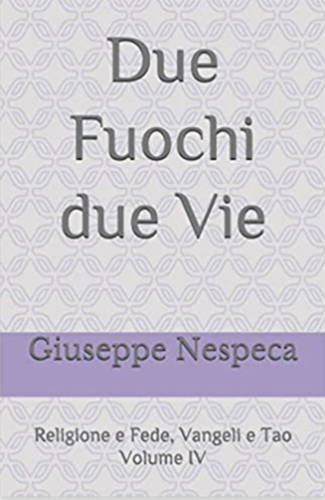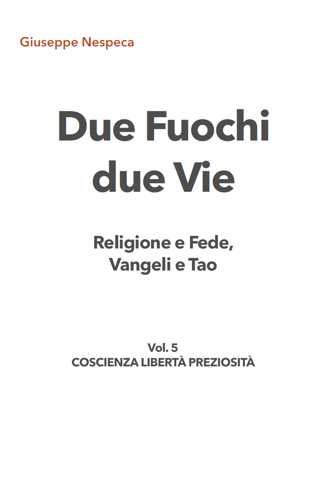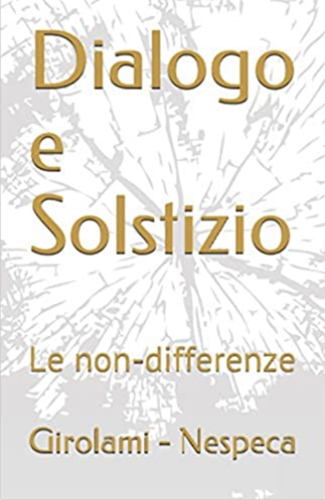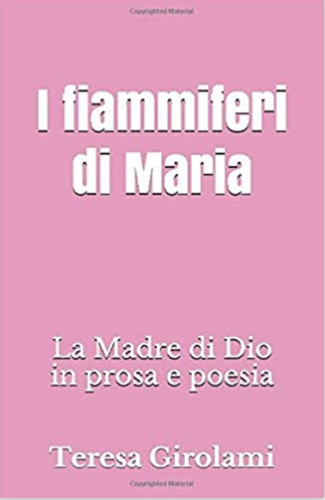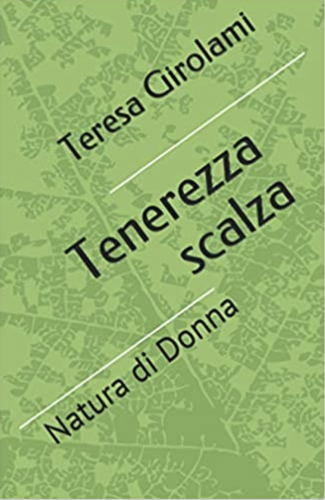1. Glory to you, Word of God!
This greeting is repeated daily in the liturgy of Lent. It precedes the reading of the Gospel, and testifies that the time of Lent is in the life of the Church a time of special concentration on the Word of God. This concentration was linked - especially in the early centuries - to the preparation for Baptism on Easter night, for which the Catechumens were prepared with increasing intensity.
However, it is not only in consideration of Baptism and the Catechumenate that Lent stimulates such intense concentration on the Word of God. The need arises from the very nature of the liturgical season, that is, from the depth of the Mystery into which the Church enters from the very beginning of Lent.
The mystery of God reaches minds and hearts first and foremost through the Word of God. We are, in fact, in the period of "initiation" into Easter, which is the central mystery of Christ, as well as of the faith and life of those who confess him.
I am glad that at this time, also this year, I am given to bring my personal contribution to the pastoral care of the university environment in Rome. I extend a cordial welcome to all those present: Professors, Students and guests who come from outside Rome.
I would like to remind you, on this occasion, that the problems concerning the presence of the Church in the university world of our City, the problems of the specific academic pastoral care were this year the theme of the meeting of the clergy of the diocese of Rome at the beginning of Lent. Together with my brothers in the episcopate and in the presbyterate, who share with me the pastoral solicitude for the three million citizens of the Rome of the 1980s, I was able to listen to various voices of professors, students, representatives of the individual academic circles and movements, as well as their ecclesiastical assistants, who illustrated numerous problems concerning the important task of the Church of Rome in this area.
I hope that this task can be carried out in an ever more mature and fruitful manner.
2. Praise to you, Word of God!
This word in the Liturgy of the penultimate week of Lent becomes particularly intense and, I would say, particularly dramatic. The readings from the Gospel of St John emphasise this in a special way.
Christ, conversing with the Pharisees, ever more clearly says Who he is, Who sent him, and his words are not accepted. And more and more, through the increasing tension of questions and answers, the end of this process is also outlined: the death of the prophet of Nazareth.
"Who are you?" (Jn 8:25), they ask him as they once asked John the Baptist.
This question brings with it that eternal messianic restlessness, in which Israel had participated for generations, and which in the generation of that time seemed still to have increased in power.
- Who are you?
- "When you have lifted up the Son of Man, then you will know..." (Jn 8:28).
3. It seems that the key concept of today's Liturgy of the Word of God is that of "elevation".
During Israel's pilgrimage through the desert, Moses "made a serpent of copper and put it on a staff" (Numbers 21:9). He did this at the Lord's command when his people were being bitten by poisonous snakes "and a great number of the Israelites died" (Nm 21:6). When Moses put the copper serpent on the pole, whoever was bitten by the snakes, when he looked at it, "remained alive" (Nm 21:9).
That copper serpent became the figure of Christ "lifted up" on the cross. Exegetes see in it the symbolic announcement of the fact that man, who with faith looks upon the cross of Christ, "remains alive". He remains alive...: and life means the victory over sin and the state of grace in the human soul.
4. Christ says: "When you have lifted up the Son of Man, then you will know...": you will know, you will find the answer to this question that you now put to me, not trusting in the words that I say to you.
The "lifting up" through the Cross is in a certain sense the key to knowing the whole truth, which Christ proclaimed. The Cross is the threshold, through which man will be allowed to approach this reality that Christ reveals. To reveal means "to make known", "to make present".
Christ reveals the Father. Through him the Father becomes present in the human world.
"When you have raised up the Son of man, then you will know that I am and do nothing of myself, but as the Father has taught me, so I speak" (Jn 8:28).
Christ refers to the Father as the ultimate source of the truth he proclaims: "He who sent me is true, and I tell the world the things I have heard from him" (Jn 8:26).
And finally: "He who sent me is with me and has not left me alone, because I always do those things that are pleasing to him" (Jn 8:29).In these words is revealed before us that limitless solitude, which Christ must experience on the Cross, in his "elevation". This solitude will begin during the prayer in Gethsemane - which must have been a true spiritual agony - and will be completed at the crucifixion. Then Christ will cry out: "Elí, Elí, lemà sabactàni", "My God, my God, why have you forsaken me?" (Mt 27:46).
Now, however, as if anticipating those hours of terrible loneliness, Christ says: "He who sent me is with me and has not left me alone...". As if to say, in the first place: even in this supreme abandonment I shall not be alone! I shall then fulfil that which "is pleasing to Him", that which is the Father's Will! and I shall not be alone!
- And, further: the Father will not leave me in the hand of death, for in the Cross is the beginning of the Resurrection. Precisely for this reason, "crucifixion" will ultimately become "elevation": "Then you will know that I am. Then, too, you will know that "I say to the world the things that I have heard from him".
5. The crucifixion truly becomes the elevation of Christ. In the Cross is the beginning of the resurrection.
Therefore, the Cross becomes the definitive measure of all things, which stand between God and man. Christ measures them precisely by this yardstick.
In today's Gospel we hear what he says: "You are of here, I am of there; you are of this world, I am not of this world" (Jn 18:23).
The dimension of the world is, in a sense, set against the dimension of God. In the conversation with Pilate Christ will also say: "My kingdom is not of this world" (Jn 18:36).
The dimension of the world meets the dimension of God precisely in the Cross: in the Cross and Resurrection.
That is why the cross becomes that ultimate yardstick by which Christ measures. It becomes the central point of reference. The dimension of the world is in it definitively referred to the dimension of the Living God. And the Living God meets the world in the cross. He meets through the death of Christ.
This encounter is totally for man.
Why - we sometimes ask ourselves - did that encounter of the Living God with man take place on the Cross? Why did it have to take place like that?
Christ, in today's conversation, gives the answer: "For if you do not believe that I am, you will die in your sins" (Jn 18:24).
Above the dimension of the world is placed the dimension of sin.... This is precisely why God's encounter with the world is accomplished in the cross.
There is a need for the Cross and death, so that man "does not die in his own sins".
There is a need for the Cross and resurrection, so that man believes in Christ, so that he accepts this 'world' that he reveals through himself.
In Christ, the Living God is revealed to man. God the Father.
Not only that: in Christ the mystery of man himself is revealed to man - is revealed to the very depths.
6. We must learn to measure the problems of the world, and especially the problems of man, by the yardstick of the Cross and Resurrection of Christ.
Being Christian means living in the light of Christ's paschal mystery. And to find in it a fixed point of reference for what is in man, for what is among men, what makes up the history of humanity and the world.
Man, looking within himself, also discovers - as Christ says in the dialogue with the Pharisees - what is 'from down here' and what is 'from up there'. Man discovers within himself (this is a perennial experience) the man 'up there' and the man 'down here': not two men, but almost two dimensions of the same man; of the man, who is each one of us: me, you, him, her...
And each one of us - if he looks inside himself carefully, self-critically, if he tries to see himself in truth - will know how to say what in him belongs to the man "down here", and what belongs to the man "up there". He will know how to call him by name. He will know how to confess him.
And finally: in each of us there is a certain spontaneous tendency to tend from the man "down here" to the man "up there". This is a natural aspiration. Unless we stifle it, we do not trample it within us.
It is an aspiration. If we cooperate with it, this aspiration develops and becomes the engine of our life.
Christ teaches us how to cooperate with it. How to develop and deepen what is 'from up there' in man, and how to weaken and overcome what is 'from down here'.
Christ teaches us this by his Gospel and by his personal example.
The Cross becomes a living measure here. It becomes the point of reference, through which the lives of millions of men pass from what is "down here" to what is "up there".
The Cross and the Resurrection: the paschal mystery of Christ.
7. The first, elementary method of this passage is prayer.
When man prays, in a certain sense he spontaneously turns towards the One who offers him the dimension "up there". With this, he distances himself from what, in himself, is "down here". Prayer is an inner movement. It is a movement that decides the development of the whole human personality. Of the direction of life.With what clarity does the Psalm of today's Liturgy give expression to this theme!
"Lord, hear my prayer, / to thee may my cry come; / hide not thy face from me; / in the day of my distress / bend thine ear towards me; / when I call upon thee: quickly, answer me" (Ps 102 [101]:1-3).
Man lives in search of the "face of God", which is hidden before him in the darkness "of the world". Yet, in the same "world" he can discover the footprints of God. All that is needed is for him to start praying. Let him pray. Let him move from what is "down here" to what is "up there". Let him, together with prayer, discover in himself the way from the man "down here" to the man "up there".
My beloved ones! In the name of the Crucified and Risen Lord, I ask you: pray! love prayer!
8. Glory to you, Word of God!
May the love of prayer become in each of us the fruit of listening to the Word of God.
"The seed is the Word of God, the sower, Christ; everyone who finds it will last for ever," proclaims a liturgical text.
The seed is the seed of life. It contains within itself the whole plant. It conceals the ear for the harvest and the future bread.
The Word of God is such a seed for human souls. The sower of it is Christ.
Let us pray that from the seed of Christ's word this Life, to which man is called in Christ, will be born in us anew. Called "from above".
This Life is born in the sacraments of faith. It is born first in Baptism and then in the Sacrament of Reconciliation.
Christ is not only the One who proclaims the Word of God. He is the One who gives Life in this Word.
A new Life.
Such is the power of the words: 'I baptise you'.
Such also is the power of the words: 'I absolve you... go in peace'. Go! In the direction from what is in you "down here" to what is "up there". Once again, go!
And finally the power of the Eucharistic words: "Eat and drink, all of you". He who eats... will live. He shall live for ever.
Let us look, dear brothers and sisters, at the "elevation" of Christ. Let us look through the prism of the cross and resurrection at our humanity. Let us accept the invitation contained in Christ's paschal mystery. Let us accept the Word and the Life. Amen.
[Pope John Paul II, homily for university students in preparation for Easter, Rome 30 March 1982]





